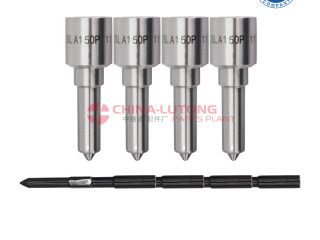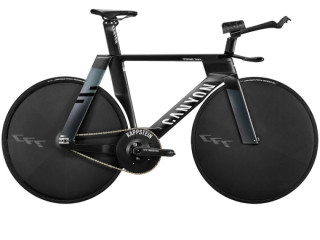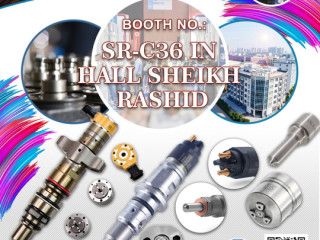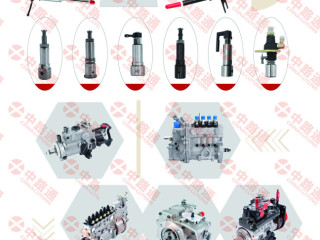Detalhes do anúncio
What is a master alloy and how is it different from a traditional alloy? And why is the use ofmaster alloysso important in the field of jewelry? We find out in this article.
Most of the alloys in our catalog fall under the definition of master alloy and the question of what exactly is meant by this definition may arise.
An alloy is a compound made up of two or more elements, of which at least one is a metal. The characteristics of an alloy such as hardness, strength and even color are generally different from those of the elements that constitute it, for example copper and tin, both relatively soft, form the more resistant bronze.
A master alloy is a particular type of alloy designed to be added to a pure metal, in our case gold or silver, in order to modify its characteristics. A pre-master alloy is a master alloy from which a fundamental element has been subtracted. In our field, it is generally a master alloy from which silver was stolen for logistical reasons.
Why it is necessary to use a master alloy?
Most pure metals are not suitable for technical applications. Pure gold, for example, is extremely soft; this feature makes it easily workable and is one of the reasons for its success in jewelry, but a jewel made of pure gold would easily bend if treated without too much care and would not have sufficient wear resistance. The same considerations apply to silver. For this reason, pure gold is generally transformed into a gold alloy, according to the standard proportions indicated in twenty-fourths, or carats (K).
Until the Second World War, the most popular alloys were mainly formed by three elements: Gold, Silver and Copper.
With the evolution of technique, jewelry has required increasingly specialized performance from alloys, this has led to the need to study the use of new elements to be added to precious metals, which are able to drastically change their characteristics. So we went from having alloys composed of two or three elements, to new formulations that come to contain even 10, effectively increasing the complexity of the product.
What characteristics can a master alloy act on?
Once added to the precious metal, a master alloy can affect:
Color
A feature especially requested by users of gold, whose color can be changed to pink, gray-white or various shades of yellow.
Hardness
Perhaps the most important feature, as gold and silver are relatively soft when in their pure state. The hardness is controlled through the master alloys both directly, with the simple addition of alloying elements, and indirectly, making the precious metal capable of undergoing hardening heat treatments.
Melting temperature
it is another important parameter that in some applications it is useful to be able to control. Suppose we need to weld a joint, to do this we can use a particular alloy, which must melt at a lower temperature than the metal that forms the edges of the joint, in this way we will perform a particular type of welding called brazing.
The control of the melting temperature is also important in the case of casting with wax setting of stones, where too high a temperature of the metal could irreparably damage the stones.
Size of the crystalline grain
Using some elements called grain refiners it is possible to make the internal structure of the metal more compact, this greatly improves some aesthetic and technological aspects, we talked about i.
Fluidity
Fluidity is an important factor especially in investment casting applications. It can be described as the ability of a liquid metal to faithfully fill an elaborately shaped pattern, such as a grid or filigree.
Generally, the fluidity of precious metals increases as the casting temperature increases, but this can cause some side effects, such as interference between metal and refractory material, or evaporation of low-melting alloy elements. To overcome these problems, some elements, such as silicon, can be inserted in the master alloys for investment casting, which are able to increase the fluidity in the liquid state of the metal. In this article we have talked in detail about the role of silicon in investment casting alloys.
FeZr Master Alloys
Theferro zirconium80% master alloy is employed in the ferrous metal industry. Zirconium is a strong grain refiner and denitrifier, a powerful deoxidizer and also acts as an excellent sulfide shape controller. Appropriate additions of zirconium enhance impact resistance, yield strength and the hardenability of steels.









